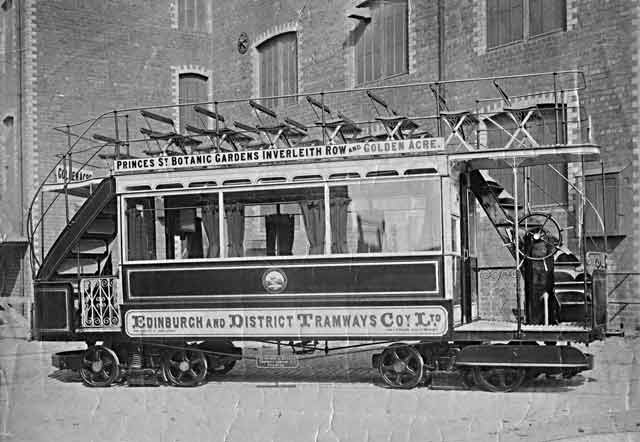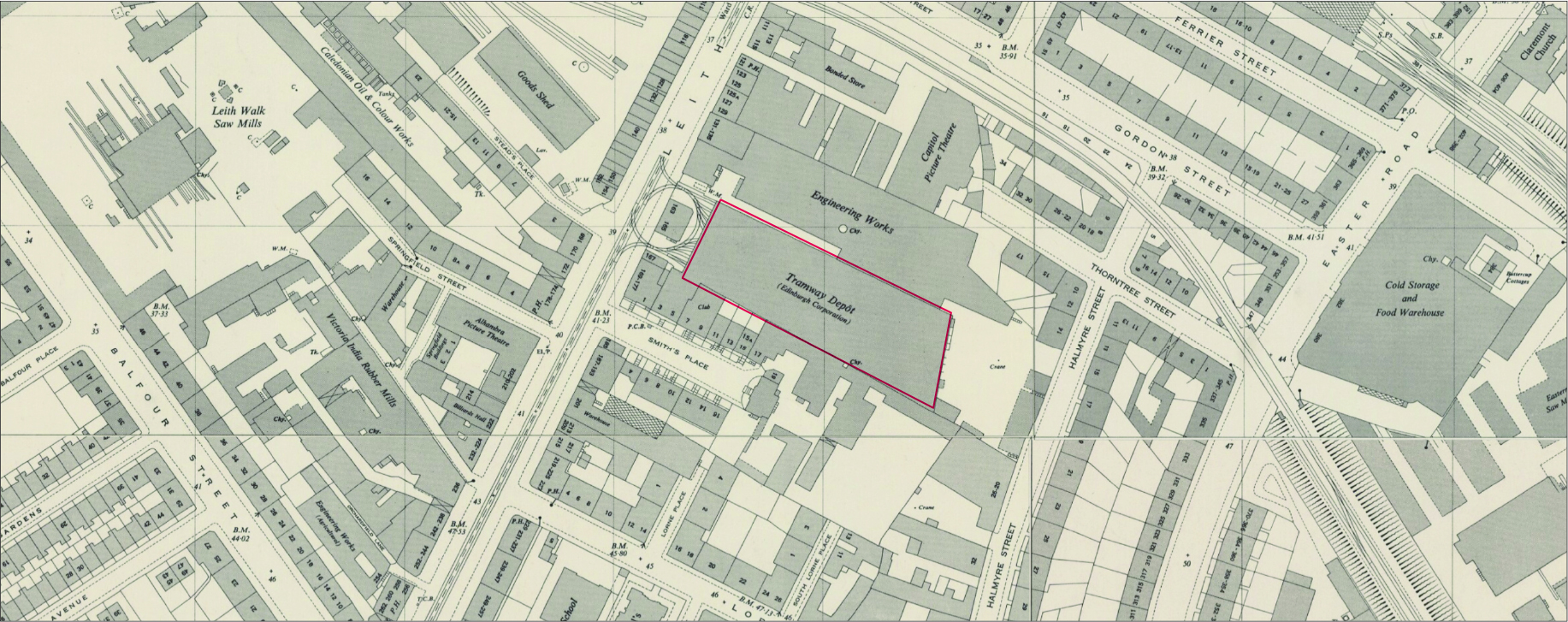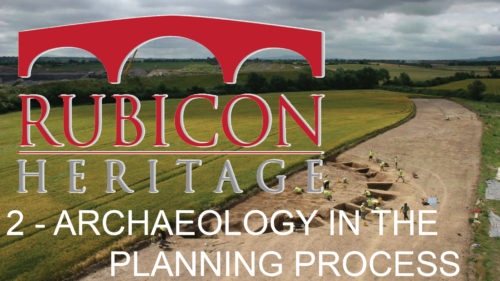http://blog.rubiconheritage.com/
Transport for the masses: the Historic Trams of Edinburgh
Archaeology does not always deal with the distant past. Buried remains from the last century can provide exciting information about the development of our society in a way that is very relevant to modern populations. Over the last couple of years, Rubicon Heritage Services has undertaken a number of archaeological investigations on behalf of Edinburgh City Council which have provided tantalising evidence for the historic trams of Edinburgh and their supporting infrastructure. The 19th century tram system in Edinburgh was a pivotal element of the fabric of the city and demonstrated an advanced system of public transport which is now being replicated in many modern European cities including Edinburgh.

The Edinburgh Street Tramways Company ran the first trams in Edinburgh from 1871. The early trams were pulled by horse and ran from the Haymarket down to Bernard Street in Leith. Cable-hauled trams were introduced in Edinburgh in 1888 by the Northern Tramways Company. By 1894 most of the tram network was operated by Edinburgh and District Tramways. By 1920 Edinburgh Trams had taken control of all of Edinburgh’s trams including Leith which had electric trams running.

Between 2016 and 2018 Rubicon monitored ground works associated with traffic calming measures. Works at Leith Walk revealed a concrete channel a couple of feet below the modern surface which would have been located centrally between the tram tracks. This channel would have served as a conduit for the cable used to pull the trams up and down ‘The Walk’ prior to electrification of the line (1888–1920). The cables would have been powered by a main drive engine, possibly housed on Henderson Row. The trams had a mechanism to grip and release the cable in order to start and stop the tram. Further sections of the conduit are likely to be preserved elsewhere along Leith Walk.

Half way along Leith Walk a more substantial structure was identified which is believed to be a largely intact wheelhouse or relay station. This was part of the infrastructure which guided the cable that pulled the historic trams. The cast iron wheel was still in situ in this brick-built structure.

As part of a separate project, Rubicon Heritage carried out historic building recording of the Leith Tram Depot on Leith Walk. This structure provided shelter for those working on the cleaning and maintenance of trams and for storage when trams were not in use. Four main doors provided access and egress to and from the depot.

The OS maps of 1908, 1933 and 1944 show the tram tracks entering and leaving the entrance in a range of layouts; the final version (1944) formed a kind of a roundabout!


